4 Comments
[This was originally presented at the American Folklore Society Annual Meeting in 2019 in conjunction with what I wrote about Het Koto Museum in Suriname. Mr. Francis died in 2020 and the original museum building was damaged by Hurricane Ida, but they gained a new home in July 2022. However, I’ve kept the piece in present tense as I wrote it at the time.]
We walked down a quiet street in central Paramaribo and I checked the map on my phone to make sure we were in the right place. We arrived at a well-kept but unassuming green and white house, a house that has become home to the tradition of Koto Misis. Here, Christine Van Russel-Henar is preserving and documenting the clothing of Afro-Surinamese women, and preserving a tradition and a culture. One of the first things I saw when I entered was a photo of Van Russel-Henar’s mother, grandmother, and great-aunt in koto outfits from around the 1920s. Although the photo is black and white, you can still see the patterns, and the mannequins that fill the room let you see the rich and bold colors of the kotos. They wear large skirts, structured jackets, and elaborately-tied headscarves. The women who bear this tradition are called Koto Misis, and the koto outfits originate in the ritual dramas like the banya prei.
The banya is a ritual play that combines song, dance, and role-playing in a religious ceremony to establish contact with ancestors, spirits, and gods. This developed into the du, which included secular or non-religious plays.
New York, 1952 The smell of books lingered in the air as card catalog drawers clinked closed and creaked open. Dena Epstein walked through the golden light bouncing off the stone walls. She might have felt at home in any library, even if she had never been there before. On this day in 1952, she found herself in the New York Public Library, a monument to curiosity and learning in the heart of Manhattan. Dena had studied music and library science, and had worked as a music librarian. At thirty-six years old, her career as a librarian was temporarily on hold as her husband worked a government job and she took care of their children. Not working in a library didn’t seem to suit Dena, though. She wanted to engage her mind, she wanted to have interesting things to think about. Unanswered research questions nagged her. One of those questions made her come to the library from her home in New Jersey.
Read my article on Het Koto Museum on OZY. Located in a quiet neighborhood near the center of historic Paramaribo, Suriname, Het Koto Museum celebrates the lives and legacy of Afro-Surinamese women. The museum is founded and run by Christine Van Russel-Henar, who is reviving the tradition of the Koto outfit. She shared her knowledge and passion with me during a visit the the museum.
Inspiring women, innovative approaches to living and learning, and pioneering social justice work: sound like something from the #metoo or #TimesUp movements? Maybe, but it was also how women at the Hull-House in Chicago lived and worked over 100 years ago. While I was in Chicago in February, I had a chance to visit the Hull-House and be totally amazed by these women, who I already knew a little bit about. Here is a tour and brief history of the settlement house.
Think hockey is a white sport? The fast-paced action and some signature moves are thanks to a pioneering Black Hockey League that changed the game forever. The Coloured Hockey League of the Maritimes was truly innovative in so many ways, and I'm glad that George and Darril Fosty researched the story in their book Black Ice: The Lost History of the Colored Hockey League of the Maritimes, 1895–1925. I can't remember where I first heard about the anecdote that led me to the Fostys' book, and I didn't know much about the history of Black Canadians in Nova Scotia or the Maritimes, but I've found some cool research of which I hope to share more.
Friday the 13th has enough scary stuff, so here are some cute photos of kids celebrating Halloween festivities! This whole post was inspired by this one photo, from the Upshur County Historical Society in Buckhannon, West Virginia. In a collection of thousands of glass plate negatives, this gem appeared. The photographer Fred Brooks was a naturalist working for the U.S. Department of Agriculture, so many of the photos in the collection are of diseased trees or insects. But since he had the camera, he also took photos of his children (like this one) and the travels he took around the United States. (I'm pretty sure this is his daughter Dorothy and the photo is from 1920-22.)
|
Come in, the stacks are open.Away from prying eyes, damaging light, and pilfering hands, the most special collections are kept in closed stacks. You need an appointment to view the objects, letters, and books that open a door to the past. Archives
April 2023
Categories
All
|
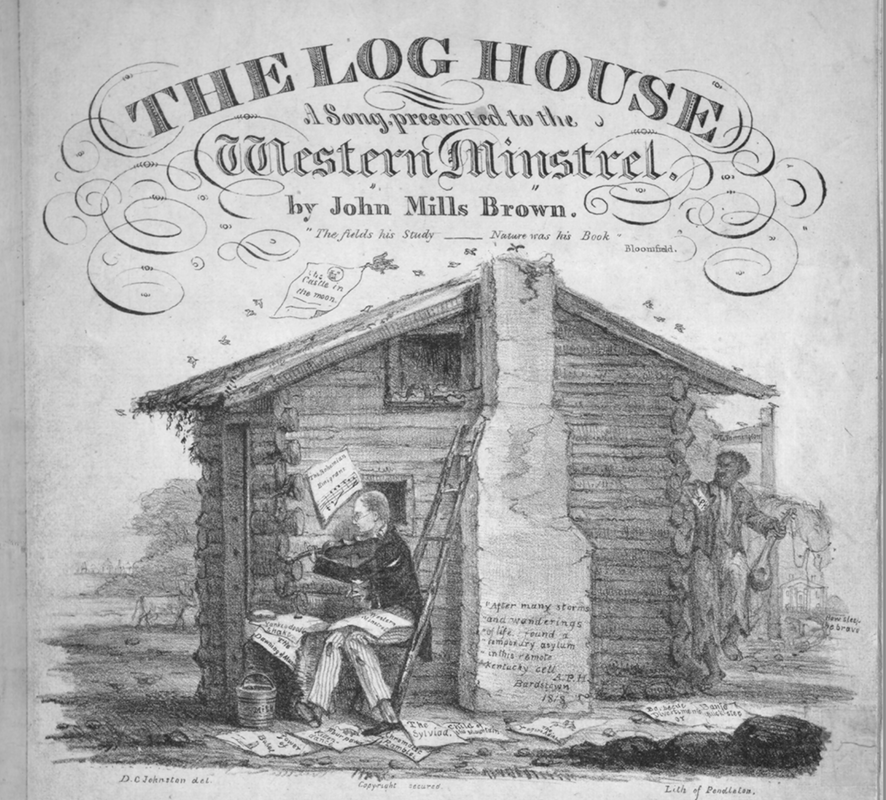
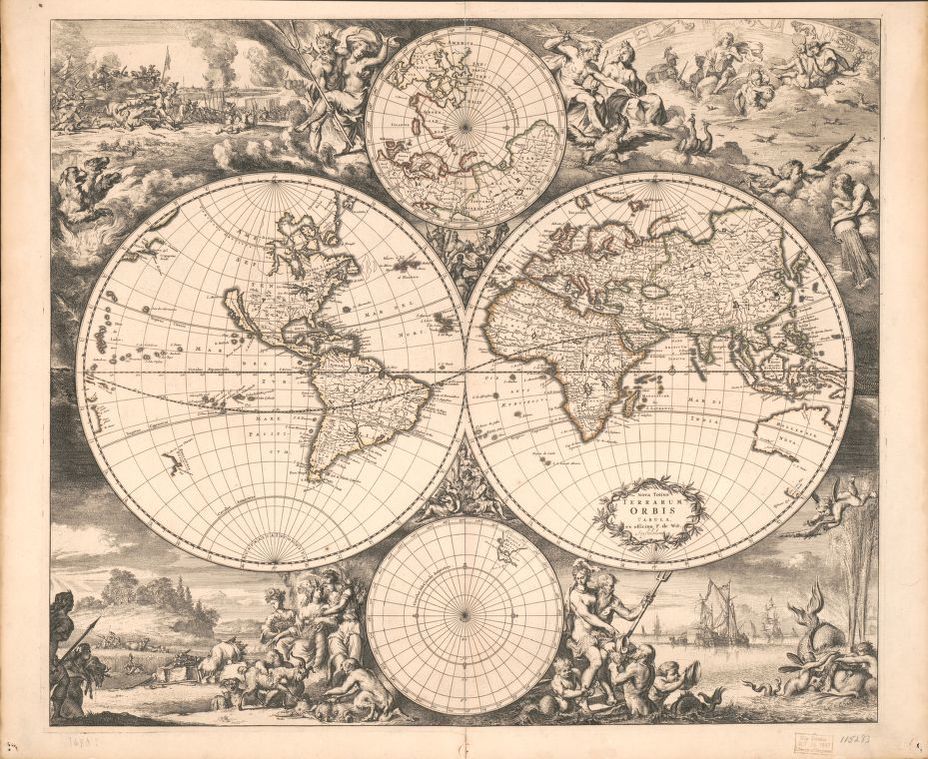
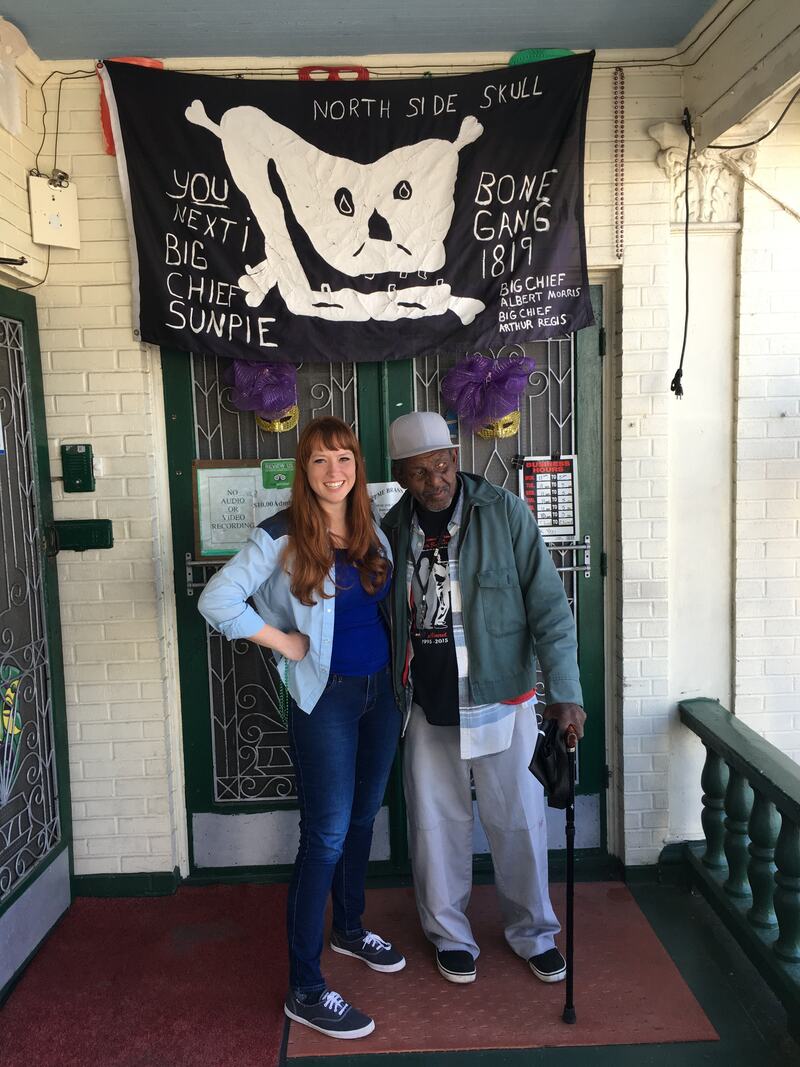
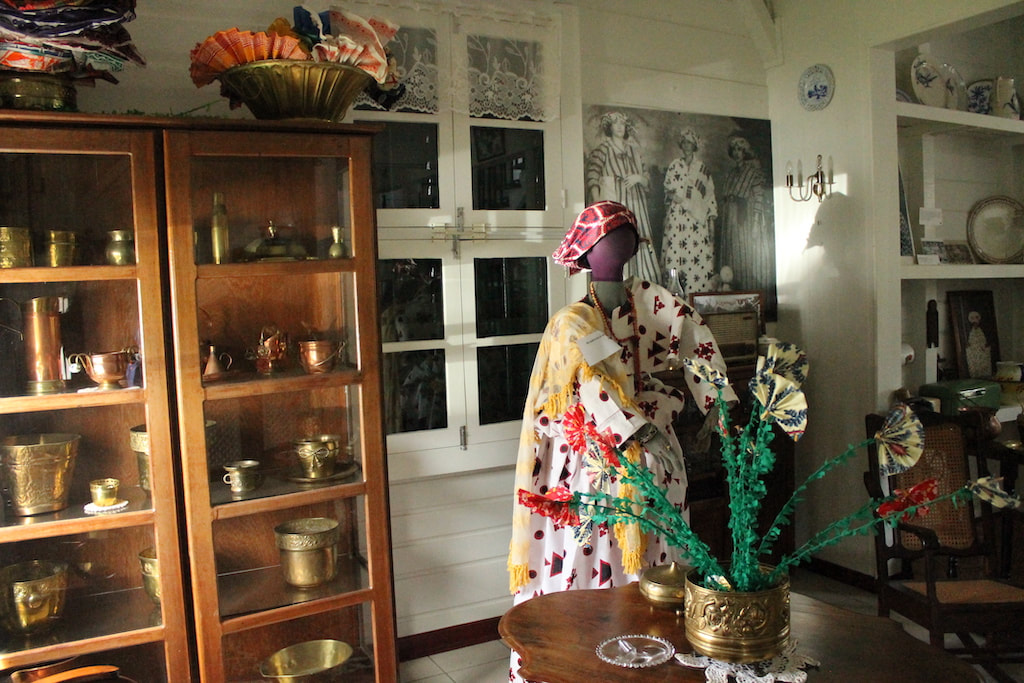
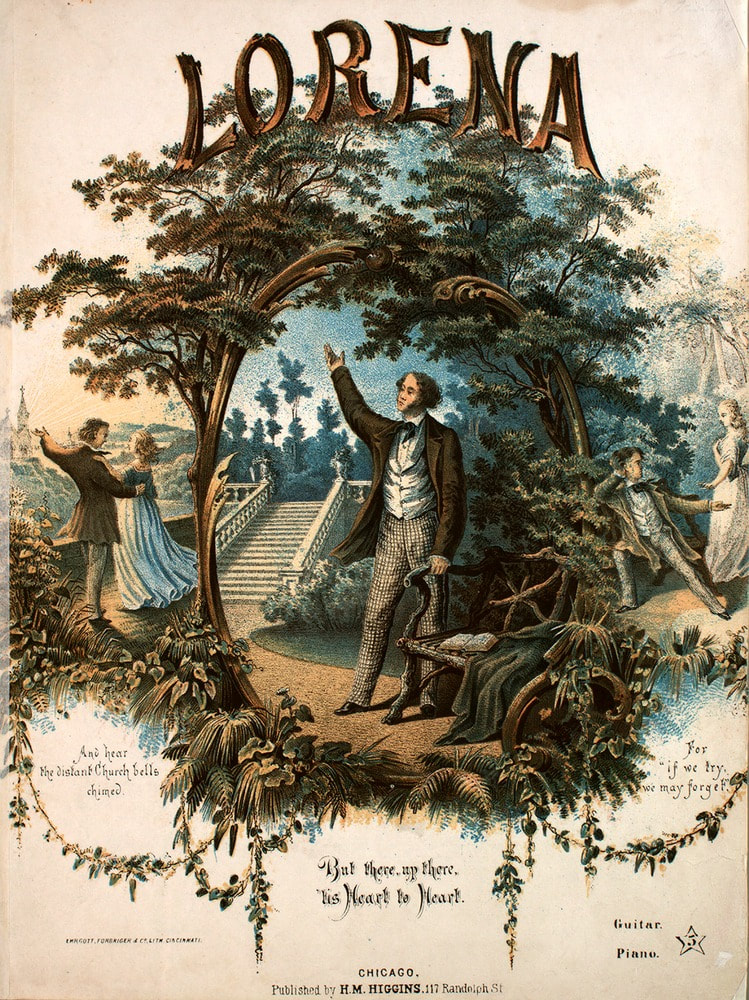
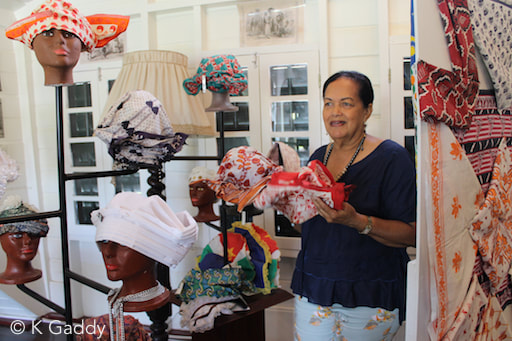
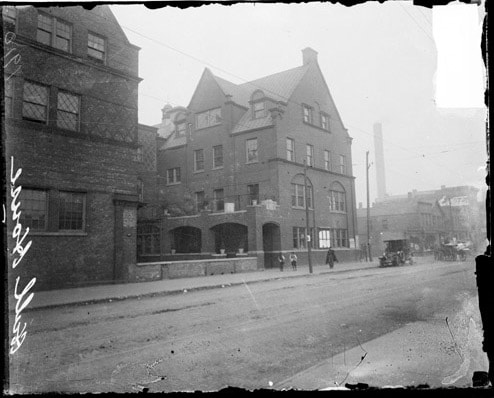

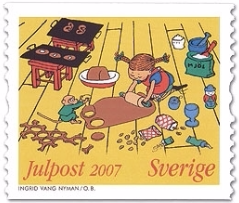
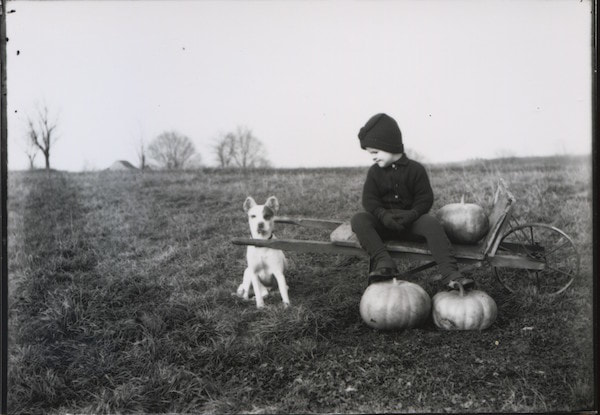

 RSS Feed
RSS Feed